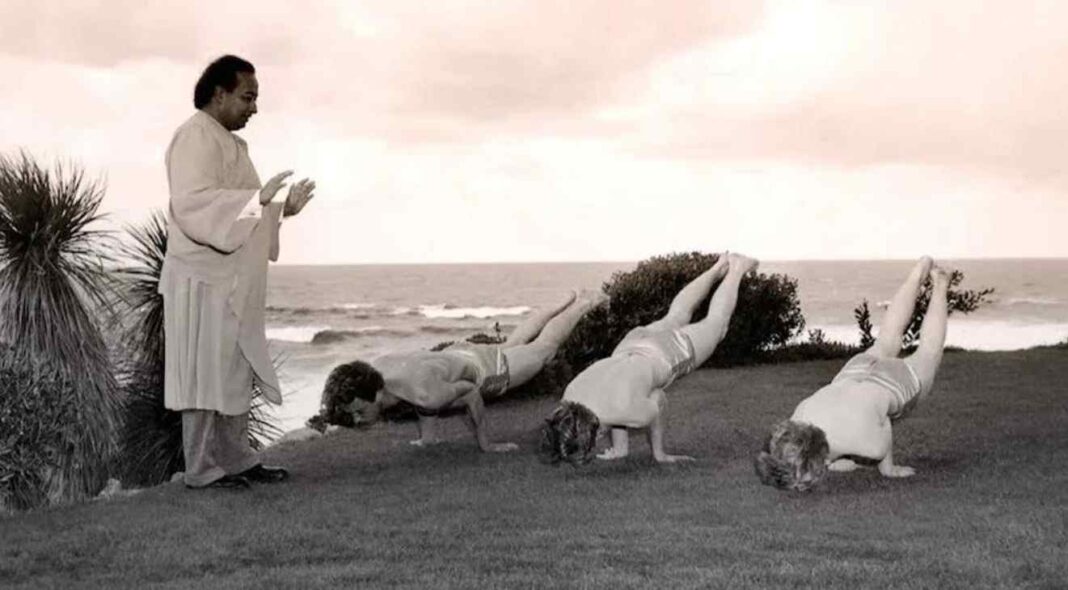Yoga is more than only the asanas (body postures) we typically see or practise in the west today. It goes beyond that.It is a physical, mental, and spiritual exercise that results in an experience of the ultimate reality.
It has been classed and adapted over time. The Bhagavad Gita, the Patanjali Yoga Sutra, the Puranas, the Vedas, and the Upanishads are only a few of the Hindu writings that discuss the oldest form and understanding of it as well as its benefits. Karma, Bhakti, and Jnana Yoga are the three types stated in the Bhagavad Gita.
Modern-day yoga is a combination of ancient practises. It includes breathing, meditation, and holding various physical postures to promote harmony in the mind, body, and soul.
The word “Yoga” comes from the Sanskrit word “Yuj,” which means to join, merge, or combine. Yogis are those who have a connection to the Ultimate Consciousness. They can stroll and live a life like free spirits without experiencing the ills of this world thanks to yoga.
So, the main goal of it is to realise oneself and achieve liberty.
The origin:
According to historians and researchers it was originated in India and predated the development of the first human civilization. Nearly all Hindu texts refer to yoga. Although there is no one originator; some people think Lord Shiva was the first Yogi and that he taught great Saptarishi the practice (seven mighty sages). In the Bhagavad Gita, Lord Krishna claims to have first taught Surya Dev the principles of yoga.
The most development of it has occurred in the Indian subcontinent. Many yogis and sages journeyed throughout India to teach the ultimate meaning of life and to propagate the yoga science.
For how long has it been practised?
It cannot be dated or timed with precision. The Indus Valley Civilisation, one of the oldest civilisations, left behind artefacts, documents, and fossils that depict a variety of yoga rituals, asanas, and figures that attested to the practice’s historical presence.
In addition, Rigveda is where the word “yoga” was first used. The other three Vedas, 108 Upanishads, Buddhist and Jain scriptures, Darsanas, and epics like the Mahabharata and Ramayana all contain references to it.
During this time frame, it was practised under the tutelage of competent gurus. It had a significant role in the ceremonies. During this Vedic era, the Surya Namaskar, or Salutation to the Sun and Pranayama (breathing exercise), was created. In order to preserve the existence of classical yoga, the sage Patanjali later collected all the ancient books that were based on it into a single book called the Yoga Sutras.
For the development and preservation of yoga, all the sages, saints, acharyas, and yogis donated their knowledge of yoga to manuscripts and publications.
Yoga in Western History

In the west, it is gaining popularity as we move into the modern day. Modernized yoga is a more simple kind than traditional one. Every age group can perform it and understand it easily. In addition, contemporary yoga places a higher priority on asanas than it does on the mental and spiritual facets of classical and post-classical yoga. It functions more as a kind of physical and mental exercise than as a way to reach the Absolute.
It was initially discovered by Europeans and Americans in the nineteenth century. But they preferred the philosophical tenets of it. Even though N.C. Paul wrote some treatises on yoga in English. They were primarily concerned with the physical side of the practise. As a result, it failed to capture the public’s interest at the time.
Physical yoga was unknown in western public schools and universities before to the 1950s, but that year it gained popularity. One of the most important books on it in the west is LeYoga: Immortalité et Liberté. It was written by a Romanian scholar named Mircea Eliade. This book focuses on asanas (physical positions) to get the body ready for meditation and pranayama. Eliade found inspiration for his book.

SWAMI VIVEKANANDA AND HIS IDEOLOGY:
The wonderful Swami Vivekananda, one of the greatest Yogis, arrived in this world in the year 1863. He was the first practitioner to ever visit the west and spread the practice. Swami Vivekananda travelled to many different nations throughout his life. He also took part in various World Meetings in order to spread awareness of it and its value to western civilization.
In addition to penning works on it, Swami Vivekananda also translated the entirety of the Sanskrit Yoga literature into English. In order for non-Sanskrit speakers to independently read, comprehend, and practise it.
Paramahansa Yogananda visited Boston after Swami Vivekananda. He did this in order to attend the World Religious Fair and spread the KriyaYoga to the west. The great yogi Sri Lahiri Mahasaya promoted the practise of it.

CONCLUSION:
In 1896, another great yogi, Shivapuri Baba was invited by Queen Victoria of England. She called him to give her private lessons on it. After Queen Victoria died in 1901, he crossed the Atlantic Ocean and reached America. Shortly after arriving in the United States, he met with President Theodore Roosevelt.
In the 1970s, an Indian yoga guru, K. Pattabhi Jois, introduced the vinyasa form of Yoga in the US and Australia, widely known as Ashtanga Yoga. Similarly, Harbhajan Singh Khalsa, or Yogi Bhajan, an Indian- American guru, scholar, and entrepreneur, introduced his style of Kundalini yoga in the US. In addition, he established the 3HO (Healthy, Happy, Holy Organization) foundation in over 35 countries worldwide to spread his teachings.
As the global media and Internet started to grow in the late 20th century, yoga was one of the hot topics. It was everywhere, from televisions to radios, newspapers, magazines, and online. Realizing the value of yoga on humans’ physical body and mind, western people accepted it openly. Similarly, they even included it in their daily life as an exercise to live a happy, healthy life.



